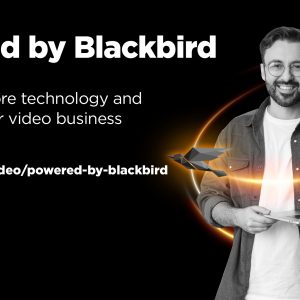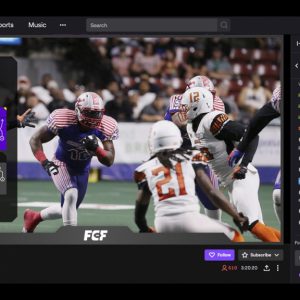Posted: 24/11/2021
By Ian McDonough, CEO, Blackbird
The move to the cloud has been an imperative for many companies this past year. But adoption of cloud was always about more than survival. It brings the prospect of flexible working, scalability, collaboration, efficient upgrading, deeper analytics, lower carbon emissions and lower cost.
That’s the mantra anyway – but as we emerge from the pandemic it is on all of us to substantiate these claims.
The cost of cloud, in particular, can be a minefield. Among other things, costs vary based on where the physical data centres are geographically located. Fees include monthly access, retention time and storage volume. There are even costs for simply deleting content from some cloud providers.
We want to highlight the hidden factors that significantly increase the cost of running traditional video editing platforms in the cloud.
Hidden costs to the light
It is possible to find the market costs of traditional video editing platforms that have been adapted for the cloud. However, there are multiple background costs associated with these platforms that are not immediately apparent.
For example, moving desktop applications to the cloud means virtualizing the systems they run on to provide remote access to that machine for users. Virtualized systems accessed through virtual desktops require high bandwidth for acceptable video performance. They also require expensive high-end workstation infrastructure with significant GPU resources.
Moving media and content to the cloud is expensive and time consuming. The same applies to moving content between different types of storage and between regions within the cloud.
Compute costs can be identified relatively easily but the various hidden storage, connectivity and egress costs can be hard to determine. All of this can spiral when scaling up for a new project.
These hidden costs make it difficult for purchasers to understand their true financial commitment which leads to ‘bill shock’ and uncontrolled expenditure.
Limited bandwidth is the ever-present bottleneck in the cloud. With resolutions, bit depths, frame rates and hence file sizes increasing all the time, you can’t just rely on technology’s tendency to speed up to solve the problem. Instead, you have to design a system that doesn’t have the problem in the first place.
Transparency in the Cloud
This is how Blackbird is built. It’s a cloud native video editing system that enables professional editing in a browser. It doesn’t need to move a single large video file, ever.
With our patented codec technology, frame accurate editing is always available. And because the Blackbird codec is so efficient (requiring just 2Mb/s bandwidth to operate), you don’t need heavy duty workstations: any recent computer will work. Nor do you need monolithic software applications, because Blackbird gives full editing in a browser.
Precisely because of the way it works, we are able to show that the Total Cost of Ownership (TCO) is up to 35% lower with Blackbird than with traditional NLEs. Indeed infrastructure costs up to 75% lower with Blackbird. The TCO is lower with Blackbird across a range of live sports and news production scenarios ranging from 15 to 150 users as verified by independent research www.blackbird.video/tco.
You don’t have to take our word for it. Our customers are the world’s leading sports, news, entertainment and government organizations including CBS Sports, NHL, Univision, Cheddar News, BT and the US Department of State.
We have engineered Blackbird so that efficiency, sustainability and low TCO go hand in hand. It’s a virtuous circle that’s good for speed of production, good for sustainability and good for your budget too.

Blackbird is best-of-breed
Jon Hanford - Group CTO, Deltatre



